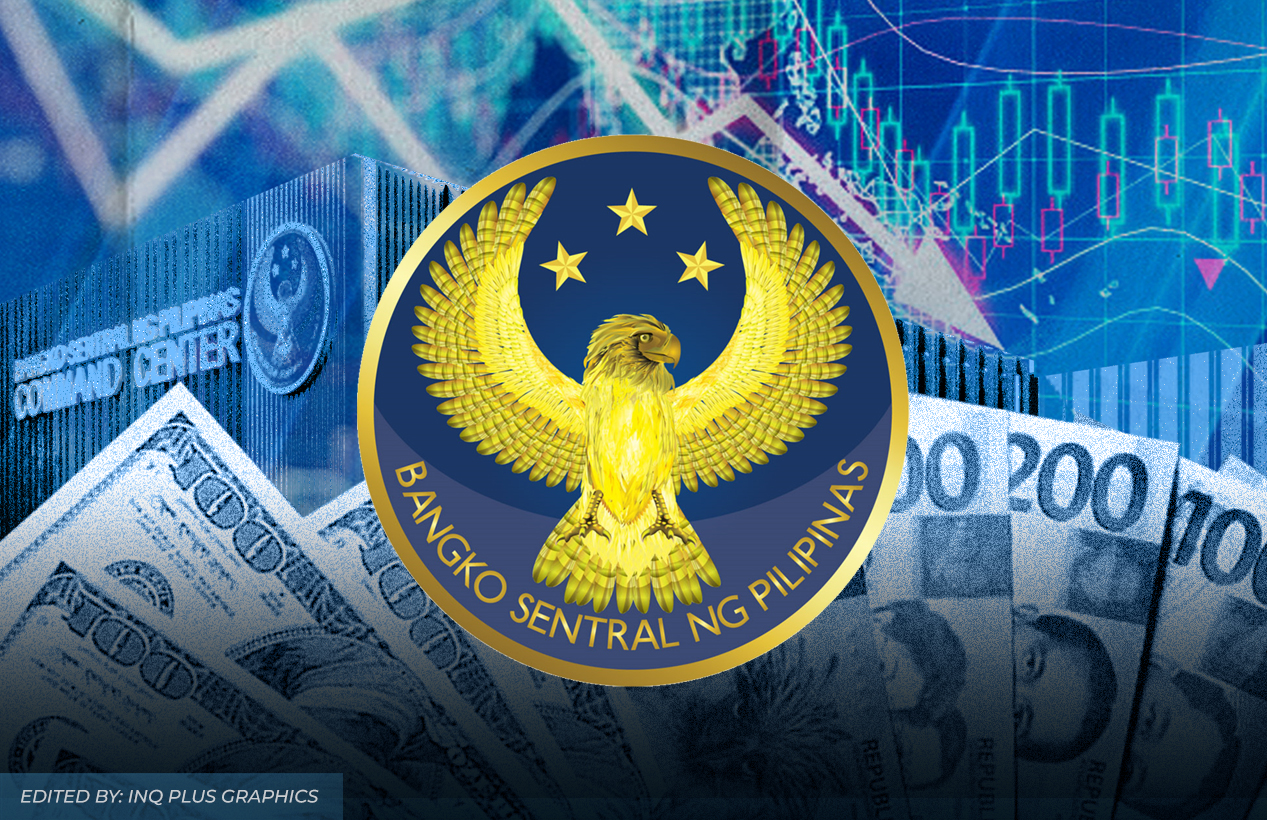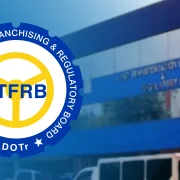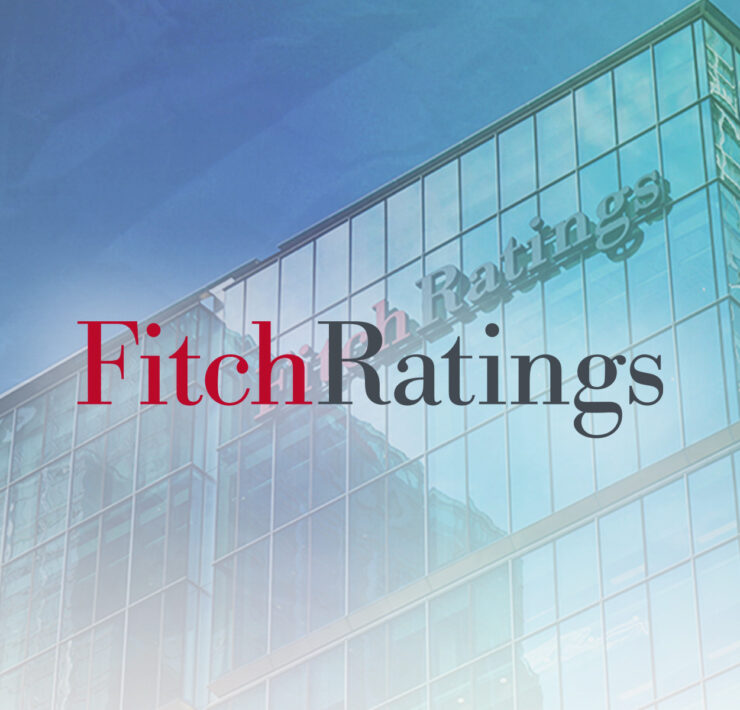PH dollar surplus rose to 8-mo high of $706M in Oct

The Philippines recorded its largest dollar surplus in eight months in October, as a seasonal rise in remittances and stronger earnings from business process outsourcing (BPO) firms helped offset the modest import-driven outflows.
The country’s balance of payments (BOP), which tracks all foreign exchange inflows and outflows, registered a surplus of $706 million, latest data from the Bangko Sentral ng Pilipinas (BSP) showed. That was the biggest windfall since last February, when inflows beat outflows by $3.1 billion.
Even so, the 10-month BOP position remained in a deficit of $4.6 billion, about two-thirds of the central bank’s projection of a $6.9 billion shortfall for the year, equivalent to 1.4 percent of gross domestic product.
“The October surplus reflects two things coming together at the same time: strong inflows from the national government’s external financing program and the usual lift from seasonal remittances and BPO receipts,” said Robert Dan Roces, group economist at SM Investments Corp.
“On top of that, import growth has softened, which naturally narrows the trade gap and helps the balance,” he added.
John Paolo Rivera, a senior research fellow at the state-run Philippine Institute for Development Studies (PIDS), shared the same view.
“This reflects stronger foreign exchange inflows and lighter outflows, driven mainly by seasonal remittances, higher receipts from services, such as BPO and tourism, and sustained foreign borrowings,” he said.
“Lower import spending, partly due to weaker domestic demand and lower global oil prices also helped narrow the trade gap, improving the overall external balance,” he added.
Overall, the BSP said last month’s BOP surplus translated to higher gross international reserves, which rose to $110. 2 billion. The buffer funds—which are made up of foreign-denominated securities, foreign exchange, and other assets including gold—could cover 7.4 months’ worth of imports of goods and payments of services and primary income, way above global standards.
The GIR could also cover about 3.8 times the country’s short-term external debt based on residual maturity.
Looking ahead, Roces said the BOP should stay broadly stable, though he stressed that foreign exchange stability would still hinge on US rate cuts, oil prices and how quickly exports recover.
“The risk now is less about liquidity and more about sentiment—any flare-up in geopolitics or tariffs can easily swing the monthly numbers,” he said.
For PIDS’ Rivera, a firmer recovery in spending, exports and foreign direct investments would be critical in sustaining a healthier external position moving into 2026.
“The BOP may stay modestly positive toward year-end as remittances peak and tourism receipts remain steady, but external risks like a strong US dollar, weak exports and cautious investor sentiment may keep the surplus uneven in the coming months,” he said.





















